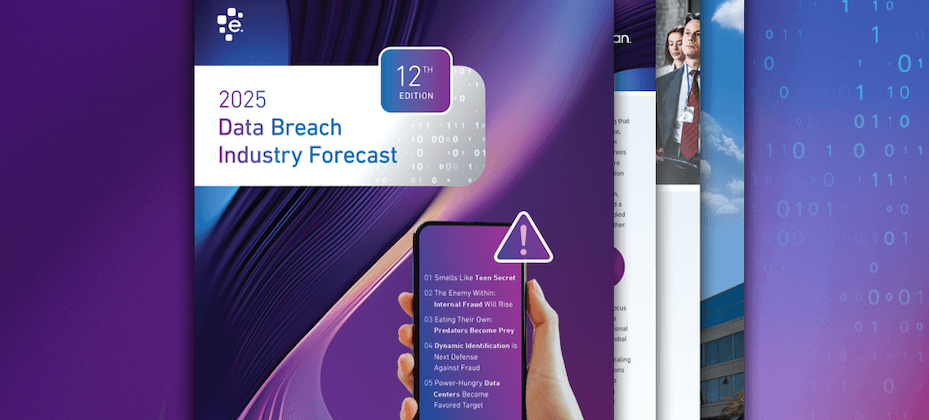
Financial education for me as I was growing up consisted of two things. The first was learning how to balance a checkbook register in sixth grade. But that had everything to do with addition and subtraction. There was no discussion of what a checking account was or how it should be used. The second was about credit, and it came from my parents. In my mother’s view, credit was a gift from God. My father’s perspective was that credit is evil. In time, I learned that neither view is financially healthy — or true. I wish I had been taught that credit — when used properly — is a financial tool, that debt is a financial problem, and that you can have one without the other. Instead, I graduated from college with $25,000 in student loan debt, which is about average now. But that was 26 years ago, so I guess it made me above average then. “Credit is a financial tool, and debt is a financial problem.” I also got a credit card for each T-shirt I signed up for and every drawing I entered to win a prize. That led to the pay-one-balance-with-another-card strategy, until I couldn’t make it work. I finally had the epiphany: The way to fix the credit problem was to quit spending. I proudly managed to pay all my debts on the salary of a small-town newspaper reporter — a whopping $13,000 a year at the time. But it was a long, slow process with a steep learning curve. Apparently, I was a pioneer in the gig economy, finding odd jobs outside of work to make a bit more money, which helped pay my debts a bit faster. If anyone wants to learn the Texas two-step, let me know! “True financial health is making your money work for you, not you working for your money.” Eventually, I discovered that true financial health is making your money work for you, not you working for your money, no matter how little or much of it you have. Even on a reporter’s salary, I could have a steak dinner once a month — granted, it was at a restaurant where you got the steak, potato, salad bar and drink for $7.50. For many things in life, learning from your mistakes makes sense. Financial health is not one of them. That’s why financial education and financial inclusion are so important to me and my work at Experian. Giving people the knowledge they need to make financially healthy choices before they make mistakes ensures they have a much brighter financial future and a much healthier relationship with money and credit. Financial health matters. That’s why we’re joining the Center for Financial Services Innovation and the nation’s leading banks, financial services providers and nonprofits in supporting #FinHealthMatters Day on June 27, 2017. Tell us, how is your financial health?

In America, 138 million adults are struggling financially.* That’s nearly half the country’s population. Financial health matters. That’s why we’re joining the Center for Financial Services Innovation and the nation’s leading banks, financial services providers and nonprofits in supporting #FinHealthMatters Day on June 27, 2017. We’re at a critical point in our nation’s history. We need to make a stand and address the root causes of financial instability in this country. I believe the lack of financial education and access to cheaper financial products are two of the key contributors impacting people’s financial health today. Financial education drives better financial health Very early in my childhood, I learned the value of a Deutsche mark — or rather a dollar, as we say in the States. I grew up in Germany, where my father was an insurance salesman, a profession where money was sometimes tight. It was my parents’ financial principles that helped them weather the harder days and leverage the better ones. Their golden rule was always to live within their means. To help me grasp this concept, my parents gave me a modest weekly allowance I had to earn by contributing to household chores. Unfortunately, there were no dishwashers when I was growing up so I had the pleasure of hand-washing every dish at the end of each day. What seemed painful in the moment was rewarded with the funds to be able to do what I enjoyed most, like go to the movies or buy tapes to record my favorite tunes on my tape recorder. I had the freedom to spend my money the way I saw fit, but I could only spend what I had earned. It forced me to learn how to manage my money to have enough for the things I wanted or needed. In the United States, 23% of households can’t save because they spend more than their income. -Center for Financial Services Innovation To encourage their savings principle, my parents added an extra incentive to the allowance. If I didn’t spend all my money but rather saved it, I got a pay raise. Depending on the percentage of how much I saved, I saw incremental increases. The more I saved, the more generous the increase. I quickly learned that saving money had a better return than the hour or so spent in a movie theater. 43% of Americans struggle to pay bills and credit obligations. -Center for Financial Services Innovation Thankfully, I was lucky enough to have parents who taught me basic personal finance skills that set me up for success in my adult life. Unfortunately, unless they have parents who are savvy with money, most people will not learn these simple principles because they aren’t taught in most schools. We know education gives people a step up in life. Imagine how financial education would help people increase their financial health by leaps and bounds. This is why we have a dedicated public education team at Experian to provide consumers with proper credit information. This is also why we financially support nonprofits that share our mission of strengthening financial education. Access to credit increases financial health When I moved from Germany to America in 2001, I was part of the underbanked population. I had no credit history. I was invisible to financial institutions. Due to this, I faced many difficulties in accessing mainstream banking services and low-cost loans. 27% of U.S. households are either unbanked or underbanked. -Center for Financial Services Innovation This is a common issue for many people in this country, particularly low-income individuals and immigrants. These consumers are forced to turn to predatory lenders, which means it’s costing them significantly more for basic financial services. In 2015, these consumers spent a combined $141 billion in fees and interest just to manage their day-to-day financial lives.* Fortunately, my bank took into consideration the fact I paid my rent and utilities on time, and that’s how I built my credit. Others aren’t so lucky and will be in the same vicious cycle the rest of their lives, never improving their financial health — unless we do more. At Experian, we want to give the broader population an opportunity to do the same as I did. That’s why we’re working on bridging the gap between underbanked consumers and financial institutions. One way we accomplish this is through alternative data — data that has never been considered in credit decisions by financial institutions. Rental payments weren’t considered until Experian led this industry in incorporating this data into credit files. This data helps the underserved community establish credit histories. The result is greater access to more affordable credit and the overall improvement of their financial health. Our commitment to help improve financial health The struggling majority is the reason I come to work every day. In my role, I have a huge responsibility to consumers. Knowing firsthand that financial education and establishing credit are the pillars of financial stability, it’s my job to make sure we’re finding innovative ways to help people achieve outstanding financial health. *2016 Financially Underserved Market Size Study published by the Center for Financial Services Innovation http://cfsinnovation.org/research/2016-financially-underserved-market-size-study/

As Serasa Experian’s Corporate Sustainability Manager in Brazil, I’m dedicated to my job promoting diversity and inclusion efforts at work. But it also happens to be my passion. I believe that companies have a responsibility to reflect the diversity found in society, giving everyone equal opportunity to excel regardless of color, gender or disability. And yet, while a lot of companies over the years have made great strides toward hiring a diverse array of people, sometimes the harder — yet more impactful — work is making sure that diverse group of employees can continue to develop professionally after they’re hired. To this end, Serasa Experian’s Business Network for Social Inclusion (Rede Empresarial de Inclusão Social) launched a program called the Top Talent Project, which encourages and accelerates professional development once someone with physical disabilities is hired. I don’t want to simply hire people with disabilities; I want to ensure they can be productive and grow in their roles. While people with disabilities can bring great experience and skill to their positions, they may need some help integrating into teams. That’s why we work closely with each new hire, their managers and their mentors to guide them on a daily basis. If someone is hearing-impaired, for example, they may know only sign language and not Portuguese, making it difficult for them to communicate with their team. Through the Top Talent Project, we train new hires to communicate at work with their Portuguese-speaking coworkers. And then we give sign language training to their team members! We work hard to create a working environment that ensures success for everyone. In 2016, Serasa Experian received the United Nations Good Practices for Workers with Disabilities Award for our inclusion work in Brazil. That same month, I also was honored to receive the Empregueafro Award from the City Council of São Paulo for promoting ethnic diversity. All these accolades make me so proud because they’re a reflection of the way we at Experian take care of our people. Ten years ago, I changed careers so I could focus more on making the world a better place. Serasa Experian has given me the opportunity to do just that.


